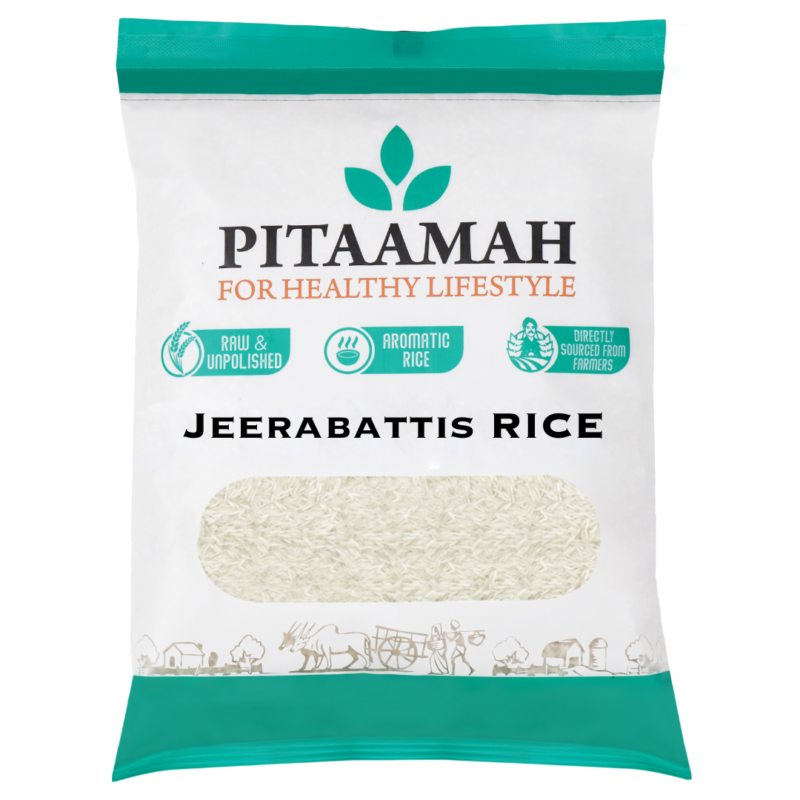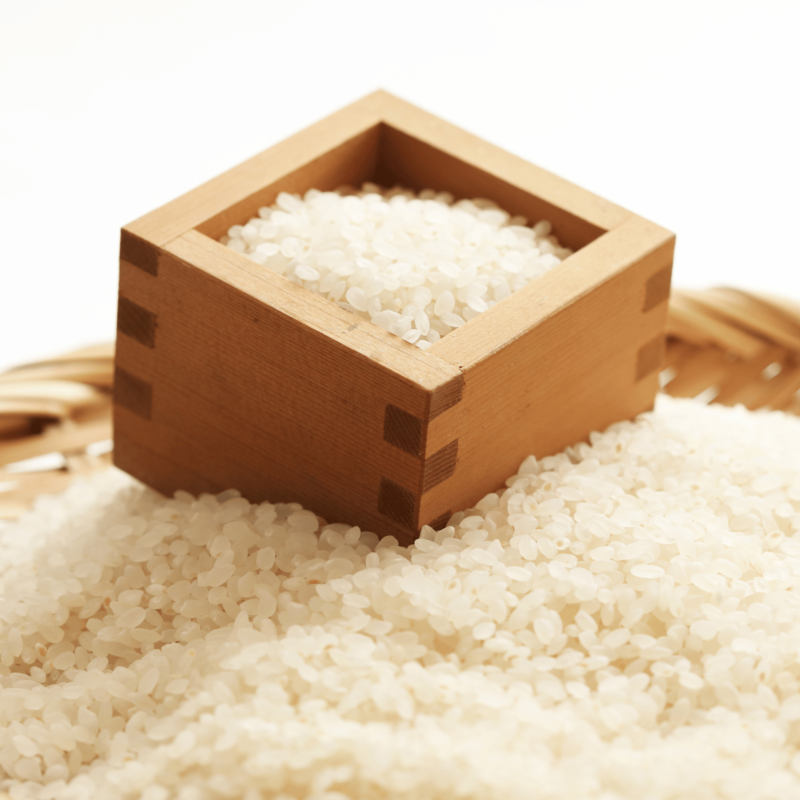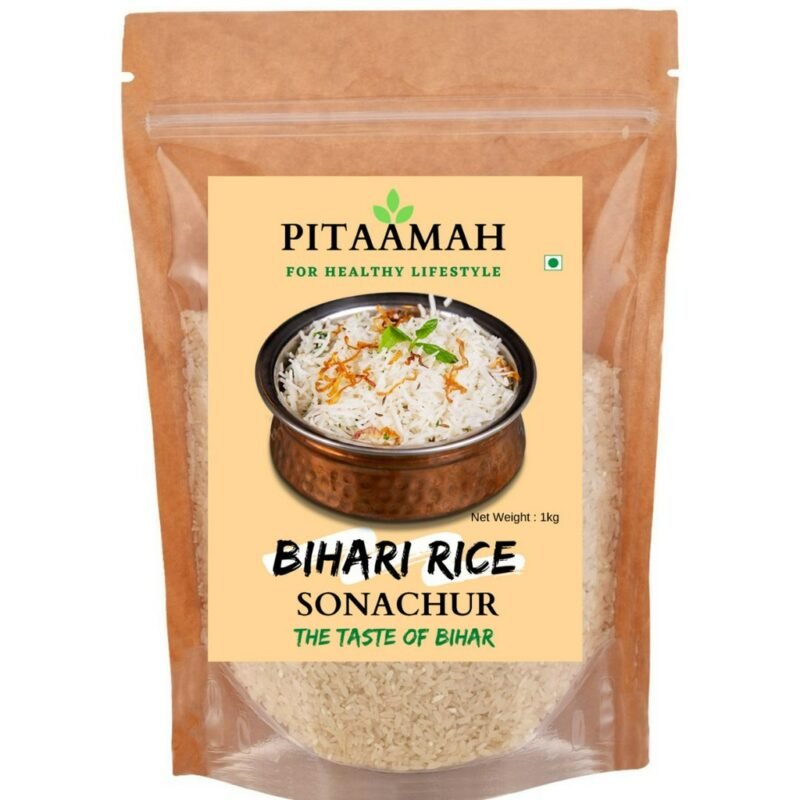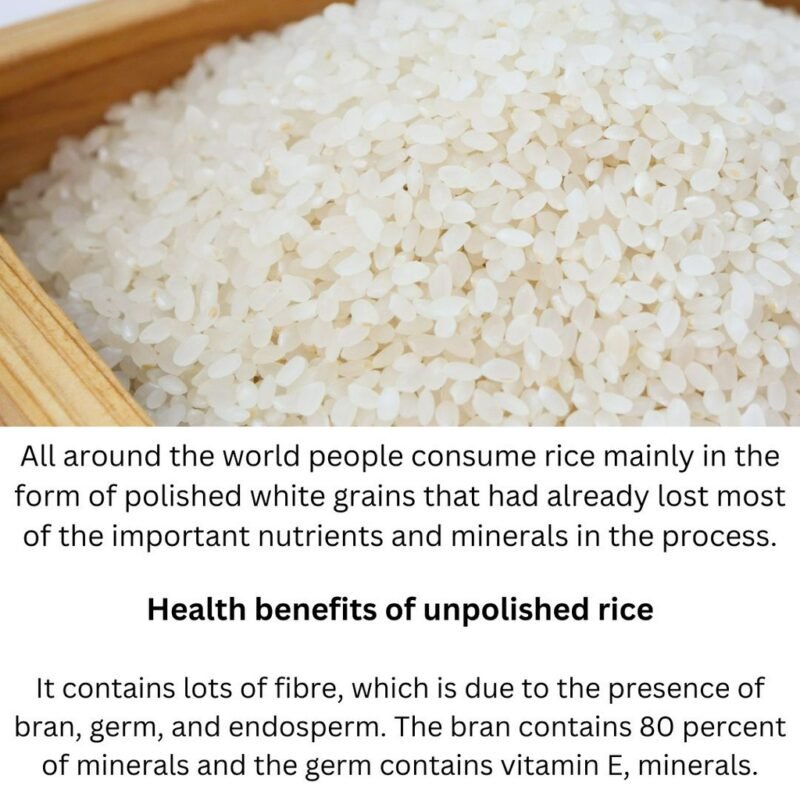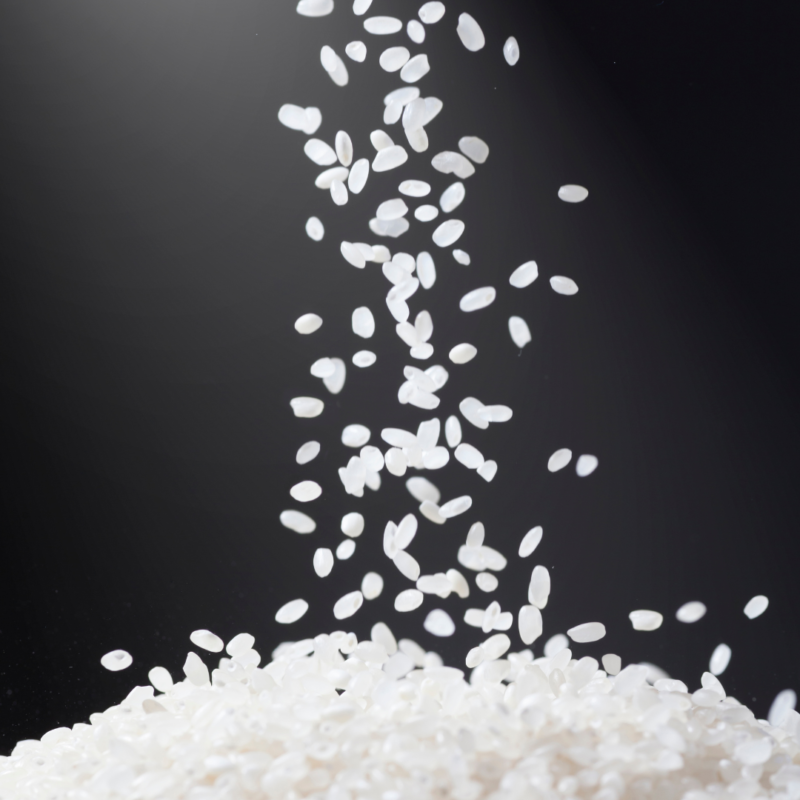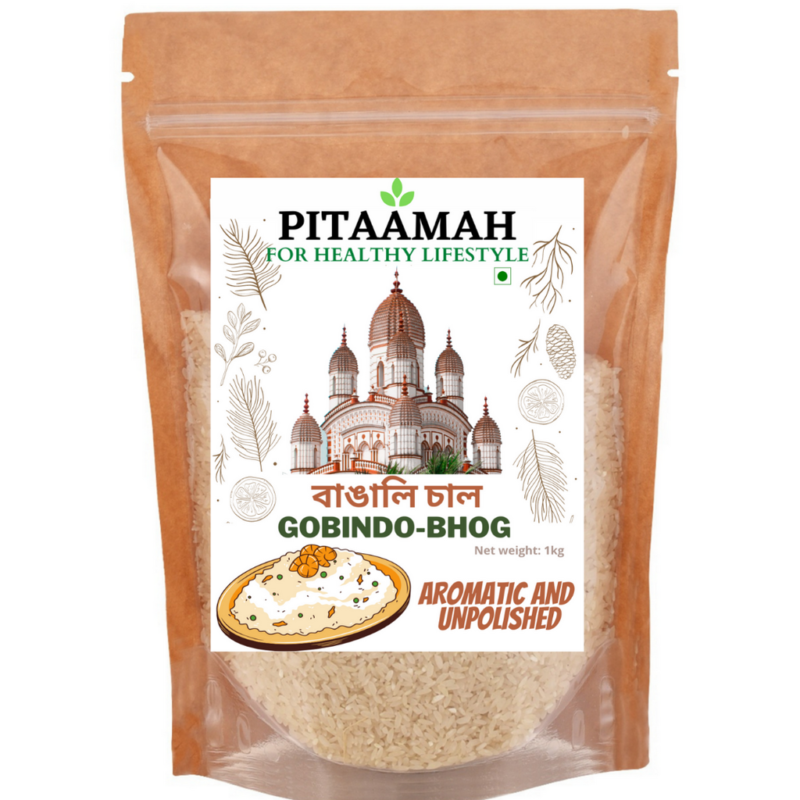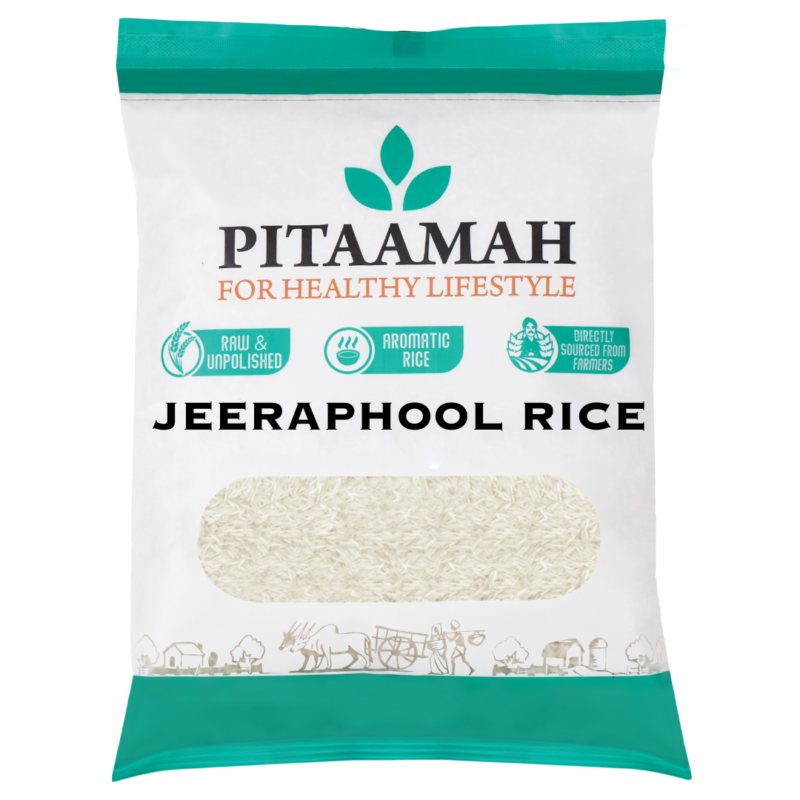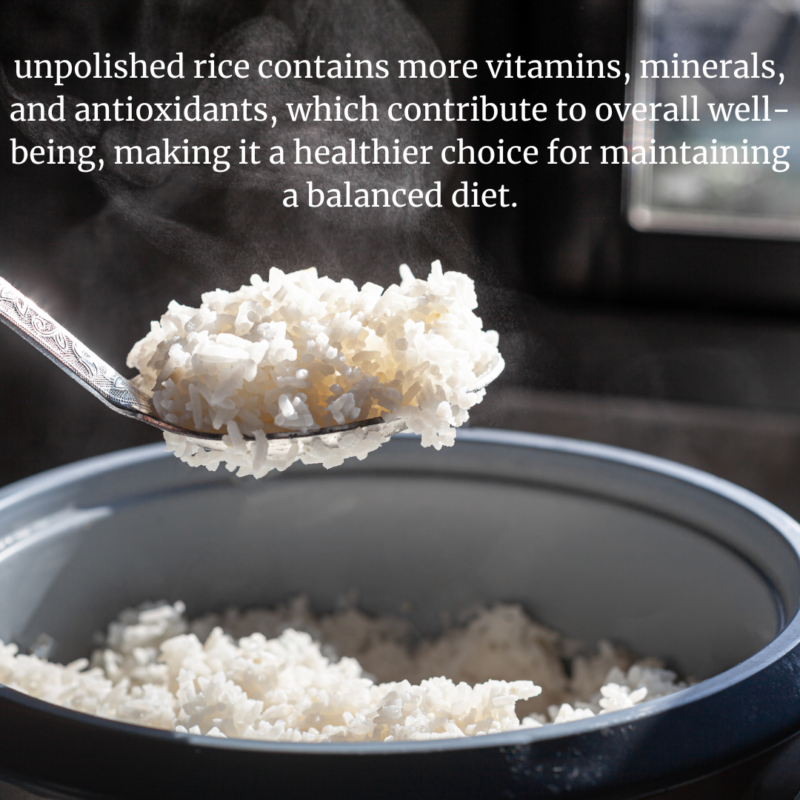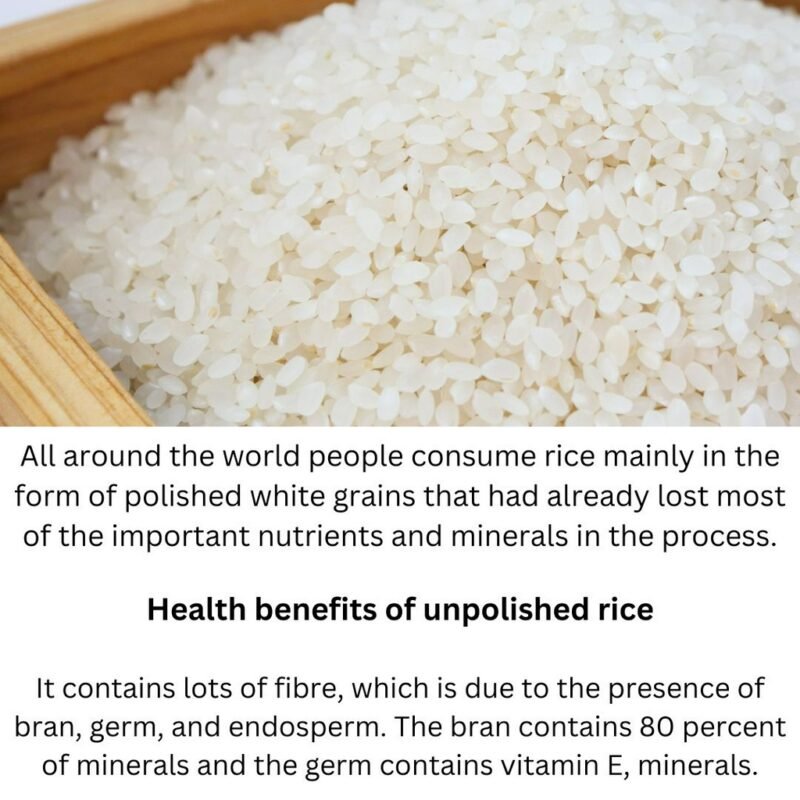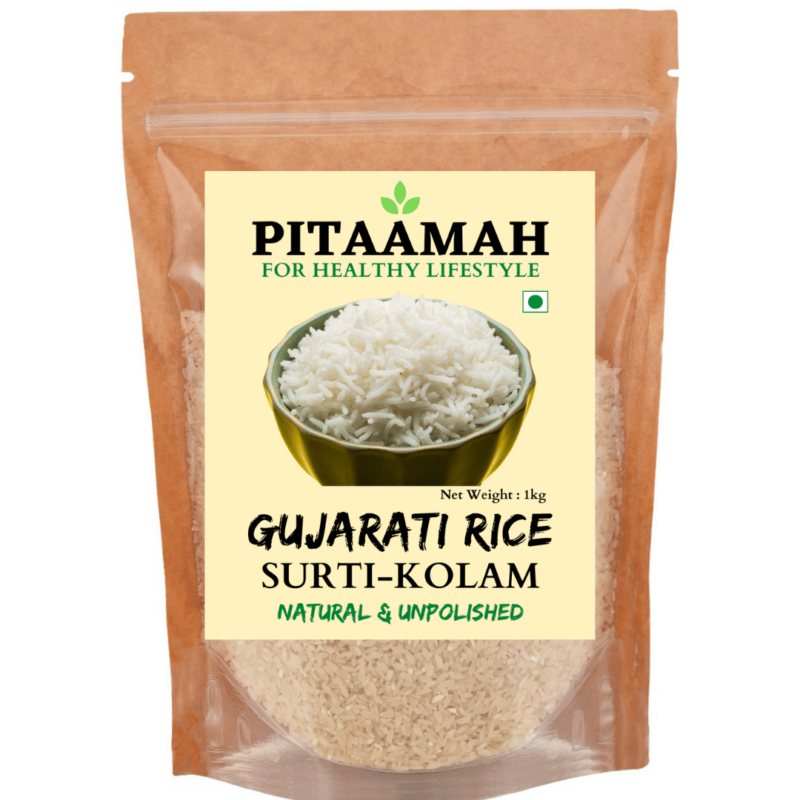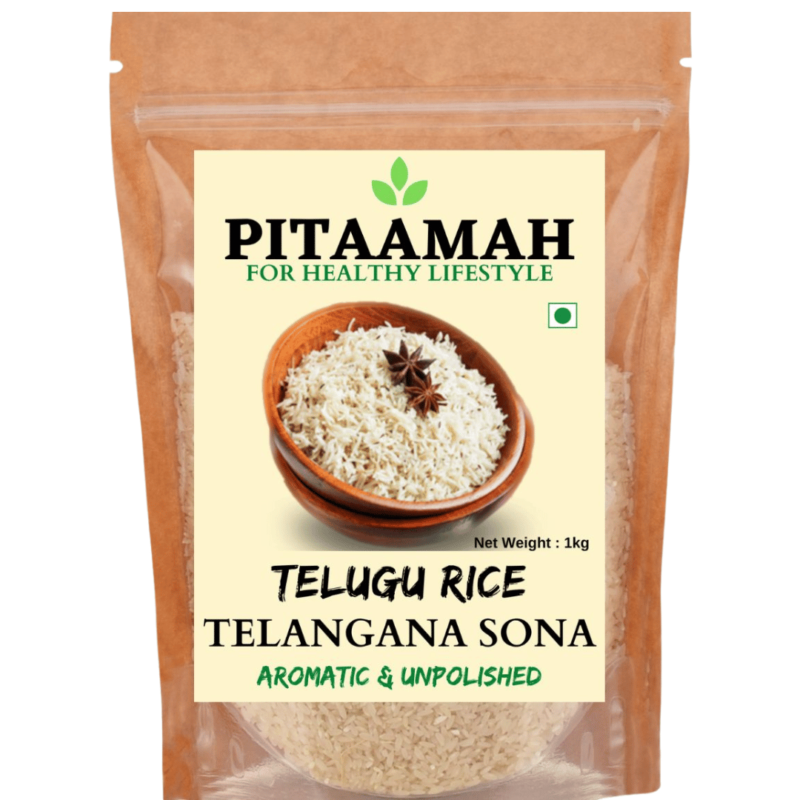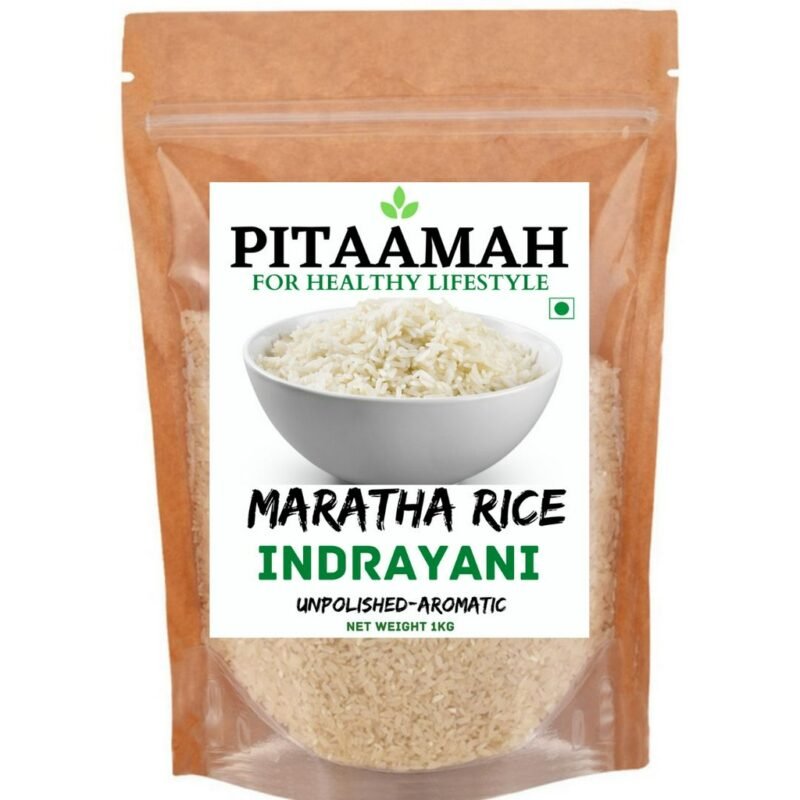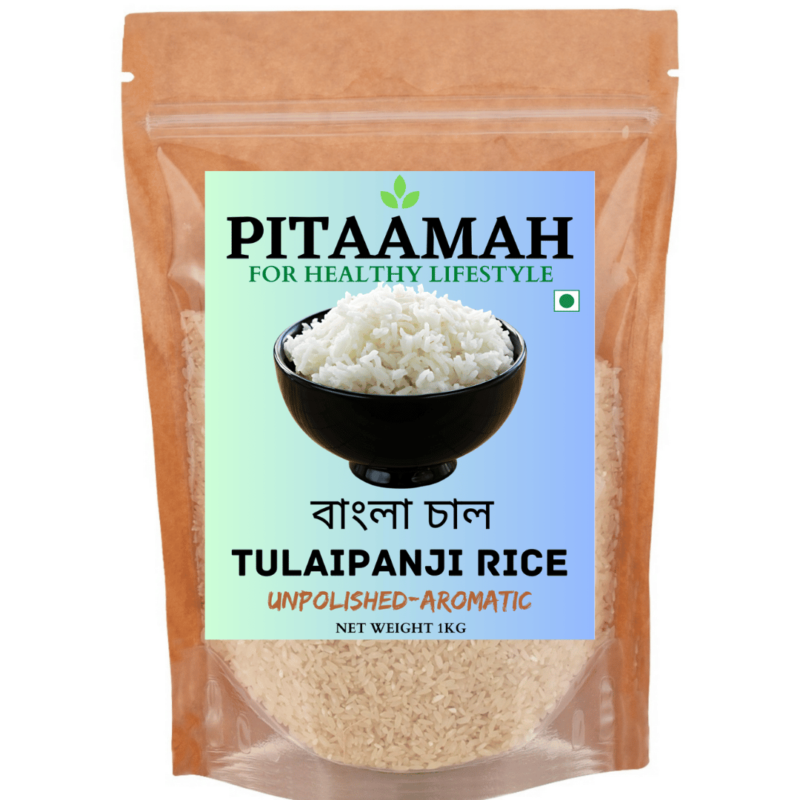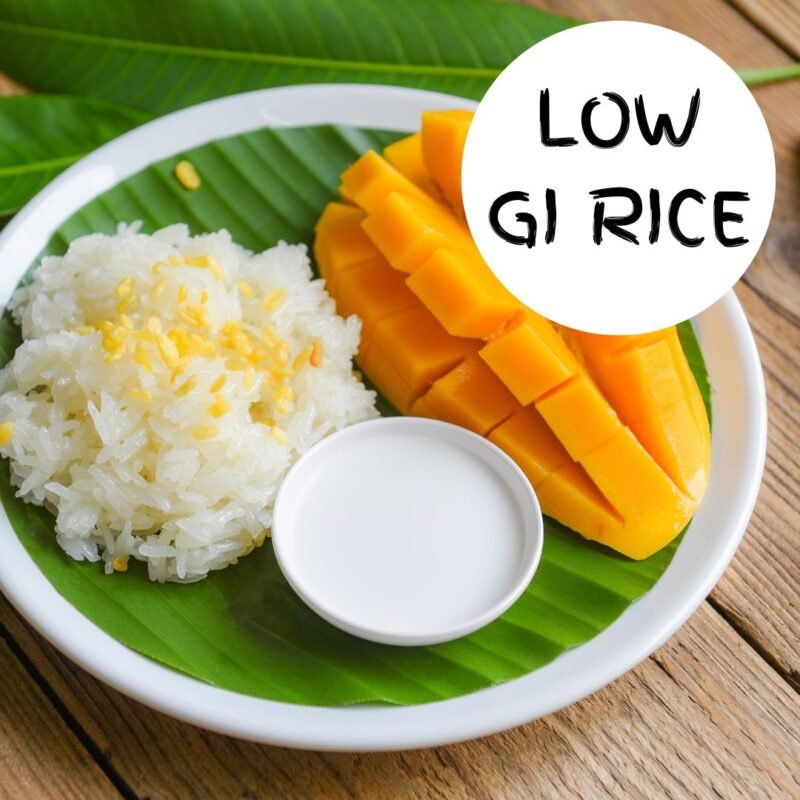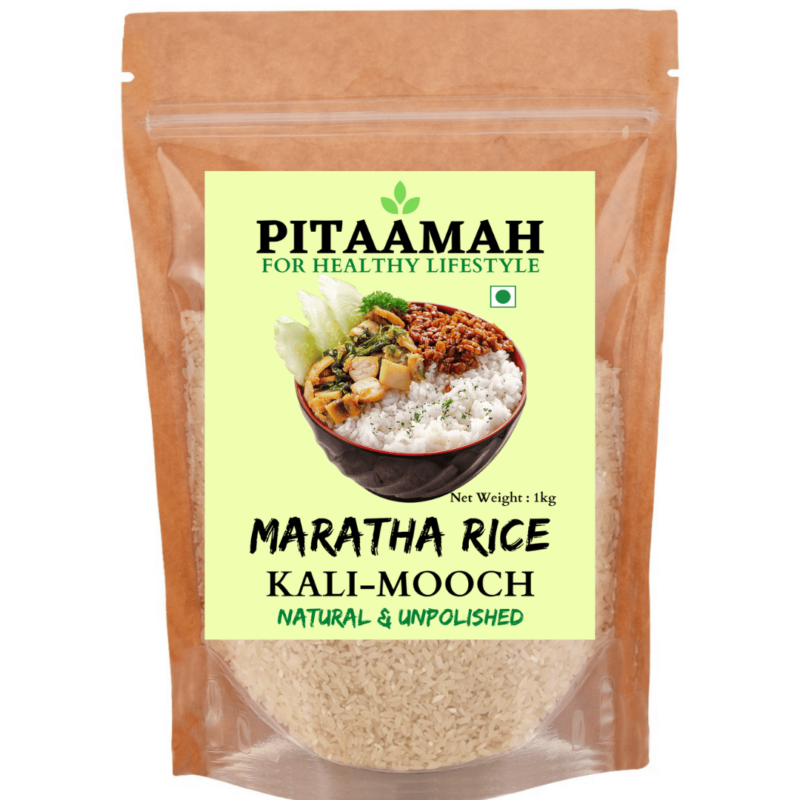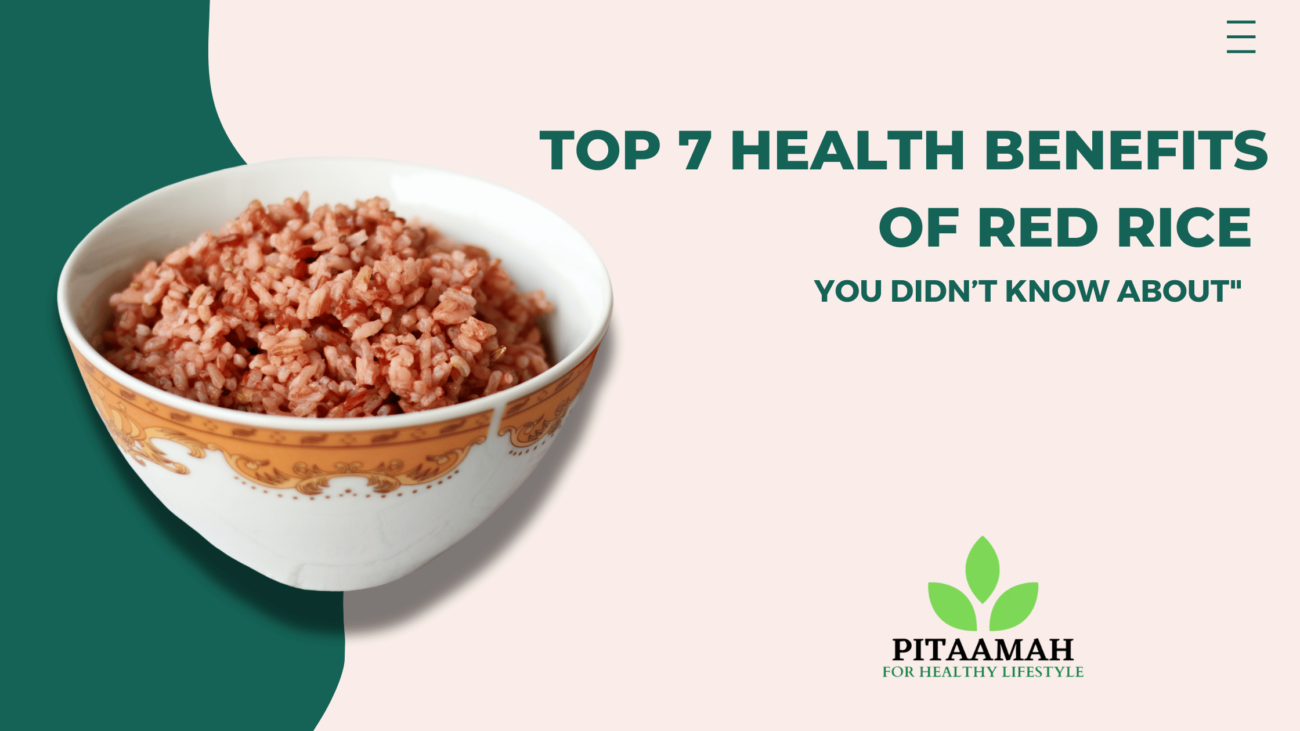
Table of Contents
Introduction – Top 7 Health Benefits of Red Rice You Didn’t Know About
If you’re seeking for a natural and nutritious method to supplement your diet, red rice could be precisely what you need. This unique rice type is high in nutrients and has a gorgeous red hue due to its high anthocyanin content, which is a powerful antioxidant. But why is red rice becoming such a popular choice among health enthusiasts? In this post, we’ll look at the top seven health benefits of red rice that you may not have known about.
Nutritional Profile of Red Rice
Before we get into the benefits, consider red rice’s excellent nutritional profile.
High in fibre.
Red rice is high in dietary fibre, which helps with digestion and intestinal health. It helps to reduce constipation and promotes regular bowel motions.
Rich in antioxidants.
The brilliant colour of red rice is due to its high antioxidant content, particularly anthocyanins. These antioxidants aid in the battle against free radicals in the body, which reduces oxidative stress and inflammation.
Low glycaemic index.
Red rice has a low glycaemic index, which means it gradually releases sugar into the bloodstream. This makes it a good alternative for those who want to keep their blood sugar levels steady.
Top 7 Health Benefits of Red Rice
1. Helps with Weight Management.
One of the most significant benefits of introducing red rice into your diet is its capacity to aid in weight management.
How Red Rice Keeps You Full for Longer
Red rice’s high fibre content keeps you satiated for longer, minimising the likelihood of overeating or nibbling on bad foods.
Low calorie but nutrient dense.
Red rice is not only low in calories, but also high in critical minerals such as iron, magnesium, and vitamins, making it an excellent choice for weight loss without sacrificing nutrition.
2. Aids in Digestion
The fibre in red rice not only helps with weight loss, but it also aids digestion.
Benefits of Fibre for Digestive Health:
Consuming red rice on a regular basis will enhance your digestive health by facilitating smoother digestion and preventing typical digestive ailments such as gas and constipation.
3. Controls Blood Sugar Levels
For patients with diabetes or prediabetes, red rice is an excellent addition to their diet.
Ideal for diabetics.
Red rice’s low glycaemic index helps to maintain stable blood sugar levels, which is vital for diabetes management.
4. Promotes Heart Health
Did you know that red rice can benefit your heart?
How Red Rice Reduces Cholesterol.
Red rice has good fats and fibre, which assist to lower LDL (bad) cholesterol levels, promoting heart health and lowering the risk of cardiovascular disease.
5. Improves Bone Strength
A healthy lifestyle requires strong bones, which red rice can help with.
presence of magnesium and calcium
Red rice contains magnesium and calcium, both of which are necessary for bone health and the prevention of osteoporosis.
6. Boosts Immune System
Staying healthy requires a strong immune system, and red rice can significantly enhance your immunity.
The role of antioxidants in enhancing immunity
Red rice contains significant quantities of antioxidants, which help protect the body from infections and illnesses by neutralising damaging free radicals.
7. Enhances Skin Health
Want to have beautiful, healthy skin? Red rice could be the hidden element you’ve been missing.
Red rice fights free radicals to promote healthy skin.
The antioxidants in red rice battle free radicals, which cause ageing and dull skin. Regular use of red rice may result in healthier, more luminous skin.
How to Incorporate Red Rice into Your Diet
Want to know how to start eating red rice? Here are a few simple ways to include this nutritious grain in your meals.
Easy Red Rice Recipes: Make a simple red rice stir-fry with vegetables and lean protein for a nutritious and filling lunch.
Red rice as a substitute for white rice : To rapidly increase the nutritional value of your meal, replace conventional white rice with red rice in meals such as curries, salads, or even as a side dish.
Conclusion
Red rice is more than simply a bright complement to your dish. It has numerous health benefits, including weight loss, improved heart health, increased immunity, and even better skin health. Red rice deserves to be a regular part of your diet due to its high nutritional value and adaptability. So, why not try it today?
FAQs
1. Is Red Rice Better Than Brown Rice?
Red rice and brown rice both have health benefits, but red rice has more antioxidants, giving it an advantage in terms of fighting free radicals and improving general health.
2. How Often Should I Eat Red Rice?
Eating red rice a few times per week can bring significant health benefits without overdoing on carbohydrates.
3. Can Red Rice Help in Weight Loss?
Yes, red rice is low in calories and high in fibre, making it an excellent choice for individuals trying to lose weight.
4. Is Red Rice Gluten-Free?
Yes, red rice is naturally gluten-free, making it a safe choice for people with gluten intolerance or coeliac disease.
5. What is the Best Way to Cook Red Rice?
The best method for cooking red rice is to boil it in water. Simmer in a 2:1 water-to-rice ratio until the grains are mushy but firm.
Pitaamah Kala Namak Rice | healthy & Low GI Rice | GI Tag | Buddha Rice
Benefits of Kala Namak Rice:
- Rich in Antioxidants: Contains high levels of antioxidants, which promote overall health and protect against oxidative stress.
- Good Source of Iron and Zinc: Supports immune function and helps prevent anemia.
- High Nutritional Value: Packed with essential nutrients and vitamins, making it a healthier option than regular white rice.
- Easily Digestible: Light on the stomach and easy to digest, making it ideal for everyday consumption.
- Unique Aroma and Flavor: Its distinctive aroma enhances the taste of traditional dishes like pulao, biryani, and festive rice preparations.
Characteristics of Kala Namak Rice
-
Color: Black husk with white grain inside.
-
Aroma: Naturally aromatic, stronger than Basmati.
-
Taste: Mildly sweet with a nutty flavor.
-
Length: Medium-grain rice (not as long as basmati).
-
Cultivation: Traditionally grown in the Gangetic plains with organic practices.
Health Benefits of Kala Namak Rice
-
Rich in Iron & Zinc – Helps improve hemoglobin levels.
-
High Antioxidant Content – Strengthens immunity.
-
Low Glycemic Index – Suitable for diabetics.
-
Easily Digestible – Good for children and elderly.
-
Gluten-Free – Ideal for people with gluten intolerance.
Culinary Uses of Kala Namak Rice
-
Steamed Rice – Its aroma enhances daily meals.
-
Pulao & Biryani – Provides a unique taste compared to basmati.
-
Kheer (Rice Pudding) – Popular in traditional households.
-
Buddha Rice Recipes – Used in wellness and organic diets worldwide.
-
Why Kala Namak Rice is Special?
-
-
How to cook Kala Namak Rice | Pitaamah Unique & Healthy Rice #ricerecipe #indianrice #indiancooking
-
GI Tag (Geographical Indication): Kala Namak rice has been awarded the GI tag, making it an exclusive heritage rice of Uttar Pradesh.
-
Global Recognition: It is often called “Buddha Rice” internationally.
-
Sustainable Farming: Traditionally grown without harmful chemicals.
How to Cook Kala Namak Rice (Quick Method)
-
Wash the rice 2-3 times.
-
Soak for 20 minutes.
-
Cook with 1:2 water ratio.
-
Allow it to rest for 5 minutes after cooking.
Kala Namak Rice – The Aromatic Heritage Grain of India
Kala Namak Rice (also known as Buddha Rice) is one of India’s oldest and rarest varieties of rice, grown mainly in the Terai region of Uttar Pradesh (Siddharthnagar, Basti, Gorakhpur, Sant Kabir Nagar, etc.). This traditional rice is famous for its unique aroma, black husk, rich nutritional value, and historical significance.
Origin & History of Kala Namak Rice
-
Believed to be over 2,500 years old, Kala Namak rice has a strong cultural connection with Lord Buddha.
-
Historical texts mention that Lord Buddha gifted this rice to his followers as a symbol of peace and health.
-
The name “Kala Namak” comes from its black husk (kala = black) and its mild salty taste (namak = salt).
-
-



